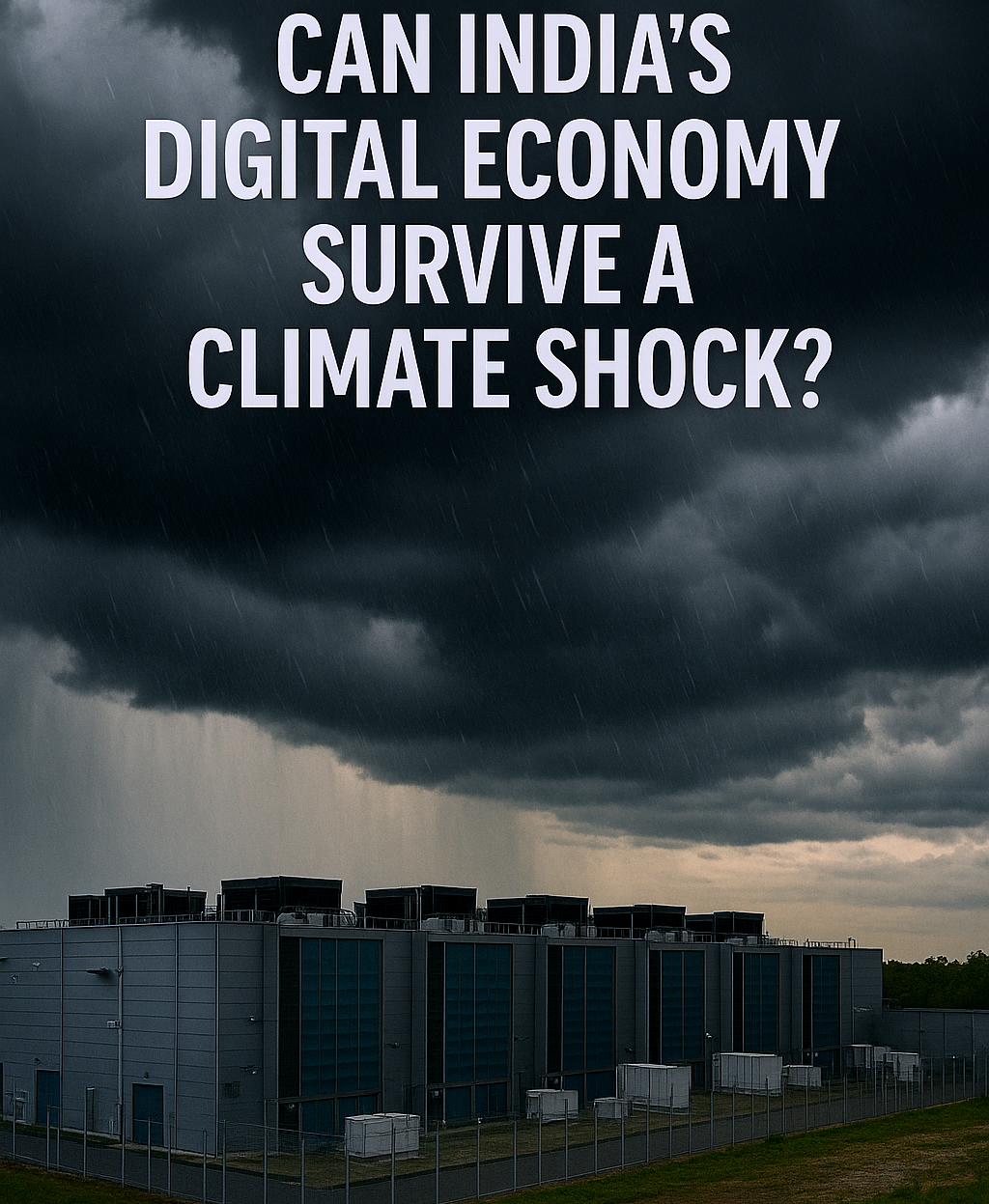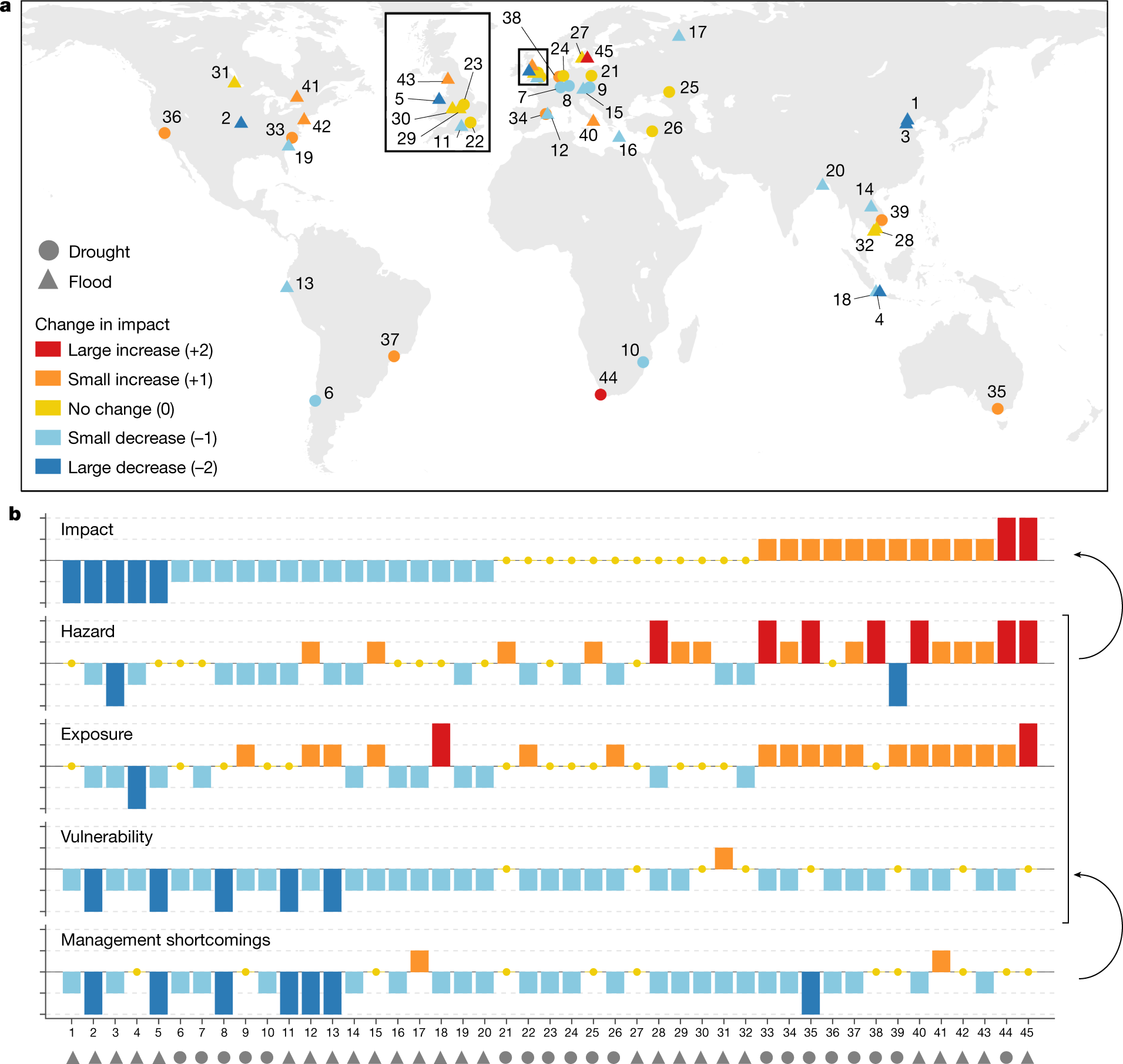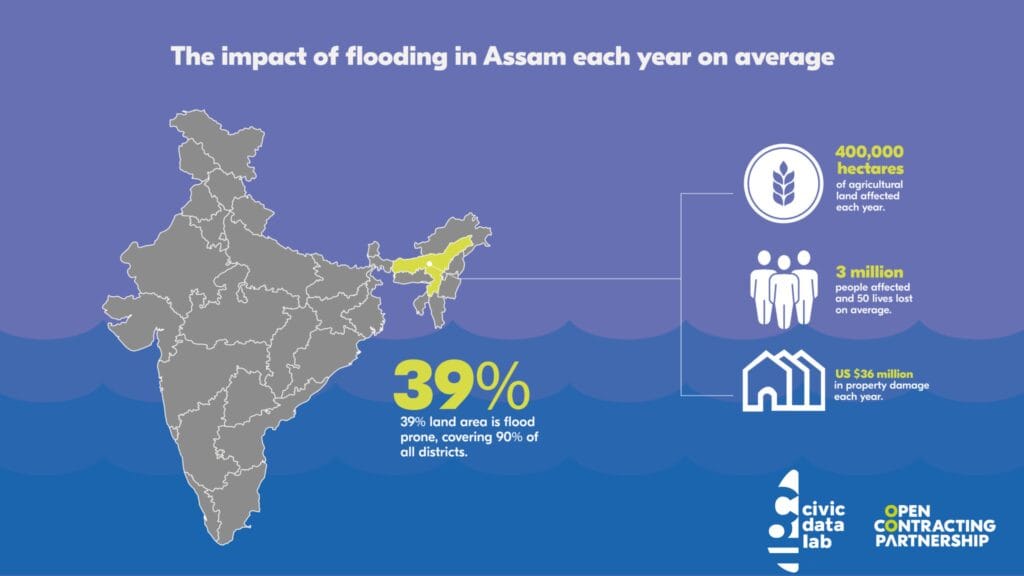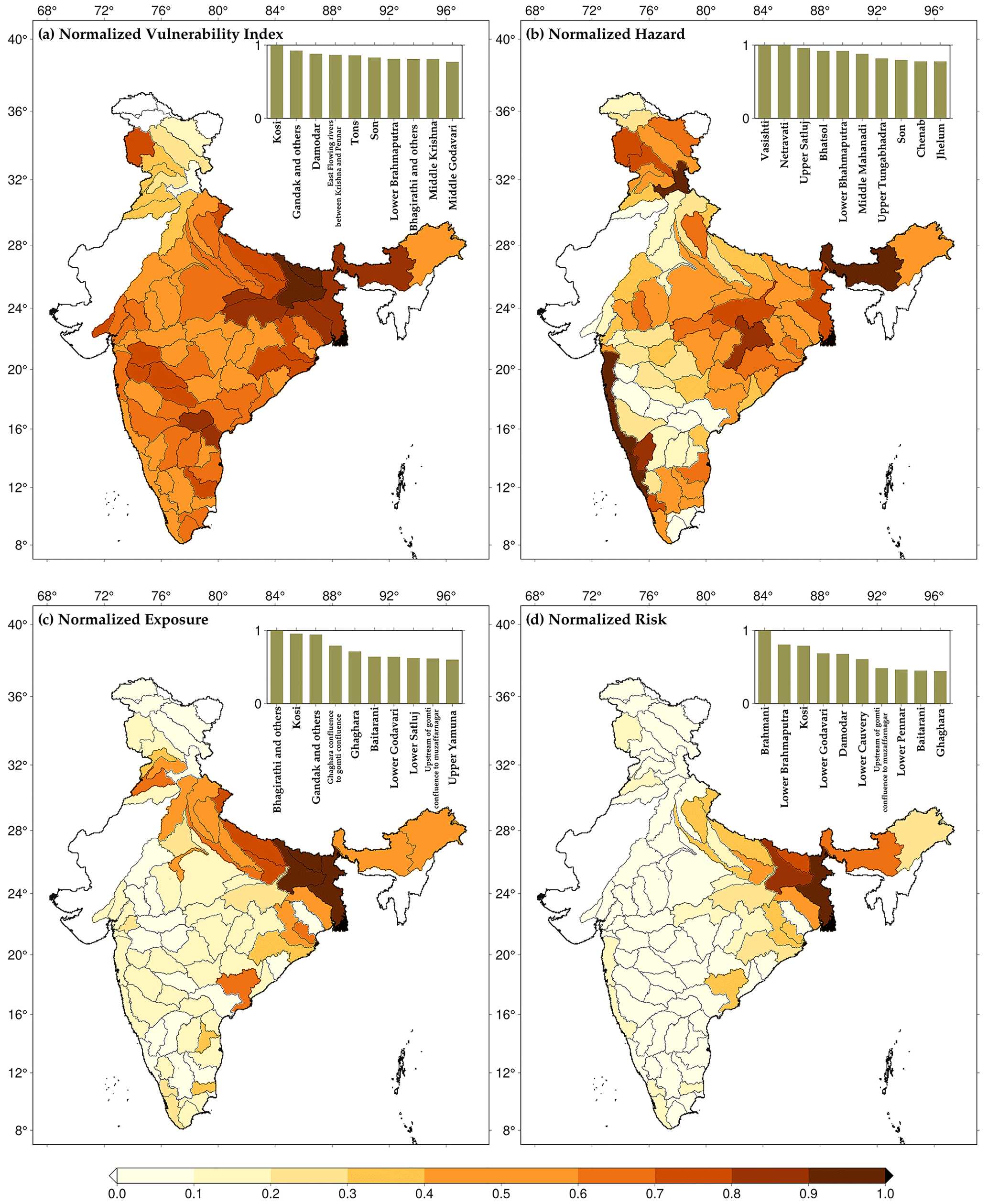12% of India’s Data Centers Face Climate Risk—Is Our Digital Backbone Doomed?
With 12% of India’s data centers at climate risk, the nation’s digital future faces storms ahead. Floods, heatwaves, and cyclones could take down critical infrastructure. Is India doing enough to climate-proof the cloud? Explore where the danger lies and what must be done now.

MUMBAI, July 12, 2025
Imagine this: you initiate a UPI payment from Chennai on a scorching summer day, but the transaction fails. It's not a glitch in the app; a cyclone has just taken out the coastal data center that supports it. Now, picture advice is disappearing from DigiLocker right in the middle of a download. This showcases the hidden threat to India’s digital lifeline—its data centers.
The Silent Storm Brewing Beneath the Servers
India has quickly become a major data center hub. With nearly 228 centers currently operational, under construction, or planned, the country is set to surpass 300 sites by 2050. Yet, alarmingly, over 12%—more than 27 critical nodes—are in high-risk areas for floods, cyclones, and rising sea levels.
The Cross Dependency Initiative (XDI) examined nearly 9,000 data centers worldwide under a high-emissions scenario. It found that regions in Uttar Pradesh, Maharashtra, Telangana, Karnataka, and Tamil Nadu are among the most vulnerable to climate threats. Maharashtra and especially Uttar Pradesh rank very high on their risk threshold.
Where Climate Meets Cloud: Mapping India’s Digital Disaster Zones
You don’t need to be an expert to see the danger. Imagine maps that show data center clusters alongside climate risk zones—from flood-prone Mumbai to cyclone-prone Chennai. While I can’t display that entire interactive map here, this example from a 2024 climate-risk report illustrates the concern:

Further studies show a 15-fold increase in extreme heat days across Indian cities in recent decades, along with a predicted 43% rise in erratic rainfall in cities like Chennai, turning digital hubs into ticking time bombs.
What Happens When Servers Soak or Sear? Real-World Fallout
The cloud might sound abstract, but even minor physical damage can have serious consequences. Consider:
Fintech freeze: During the July 2021 floods in Mumbai, Navi Mumbai’s co-location centers lost cooling and backup power for over six hours. Many fintech apps, payment processors, and even bank APIs faced outages.
Public chaos: When servers near national portals like Aadhaar and DigiLocker falter, essential services come to a halt, delaying document verification, healthcare data access, and salary processing for the BSP.
Market instability: Large companies like Amazon, Google, and Microsoft, which provide core infrastructure, suffer major reputational damage and compliance issues during downtime.
Broken budgets: The Data Centre Council of India estimates that just one hour of downtime can result in ₹2–4 crore in enterprise losses. When cascading outages occur, insured claims can exceed tens of millions.
“We often prepare for cyberattacks, but not for rainwater seeping into a server room. One flood can cause more disruption than 10 ransomware attacks,” says Ritwik Ghosh, Cybersecurity Analyst, India Digital Trust Forum.

Heatwave Havoc: The Hidden Power Sapper
Heatwaves aren't just uncomfortable—they disrupt operations. A 2019 model predicted that energy demands for cloud data centers could rise by about 8% due to increasing heat stress.
Higher temperatures force servers to throttle or shut down to prevent overheating, and cooling costs soar, putting enormous pressure on power grids, especially during peak summer demand. With India facing simultaneous heat and unpredictable monsoons, the risks double.
India’s Blind Spot—Policy That Ignores Physical Threats
Surprisingly, our digital laws seem blind to climate risks:
- The National Digital Communications Policy (NDCP) mainly focuses on data flow, cybersecurity, and connectivity, but overlooks physical resilience.
- The Digital Personal Data Protection Act (DPDP), while strict on cyber norms, lacks requirements for climate-proofing data infrastructure.
In contrast, leaders in other countries have made headway:
Singapore requires climate adaptation plans for all large data facilities.
Japan mandates that critical servers be moved to higher ground after the Fukushima disaster.
In the Netherlands, flood-proofing is integrated into data center licensing.
India is still in planning mode, with little policy action regarding environmental threats.

Blueprints for Building Resilience
Sure, retrofitting servers may not be exciting, but it is essential. Key practices include:
Strategic Siting
Avoid floodplains and coastlines. Choose cooler inland areas away from high-risk zones. Use maps from the Intergovernmental Meteorological Department and the Central Pollution Control Board.
Advanced Cooling Systems
Implement liquid immersion cooling and closed-loop water recycling systems that function even during power outages.
Power Resilience
Use dual grid feeds, solar hybrids with battery backups, and elevated generator rooms to prevent flood risks.
Climate-Risk Audits
Mandated ESG reports should include metrics like flood levels and heat thresholds, as well as audit frequency, not just carbon footprints.
Resilient Certifications
Incorporate climate resilience requirements into TIA-942-B and adopt UNDRR standards. Consider insurance-grade resilience testing.
“Sustainability is no longer enough. You need survivability.”
— Meera Rajan, Infrastructure Resilience Consultant, UNDRR India
India vs the World: Are We Losing Ground?
Countries that are ahead include:
- Singapore, which conducts regular climate stress tests for Tier-III and Tier-IV data centers.
- Japan which has built elevated "server hills" in tsunami areas.
- The Netherlands uses a national flood-risk overlay for digital licenses.
When comparing this to India's digital infrastructure:
There is no requirement for climate-proofing in the NDCP.
DPDP only addresses digital cyber risks, not environmental ones.
Billion-dollar investments in DPI (UPI, ONDC, DigiLocker) rest on a shaky physical foundation.

Why This Matters Now – Not Next Decade
The XDI report suggests that improving structural resilience could lower the number of high-risk data centers by over 66% by 2050.
India’s digital transformation and edge computing are pushing data loads closer to people, increasing exposure. The energy heat-stress model shows that ignoring environmental factors could raise cooling costs and outages in the near term.
Deep Dive: A Layer Sub-Hack
Here’s the kicker: beyond the clear issues, there are hidden vulnerabilities.
- Coastal + heat + rising demand: Mumbai's rising sea levels flood underground power lines, stressing the grid during peak heatwave periods.
- Cyclone + data center clustering: Chennai’s multiple centers create a single point of failure, raising the risk significantly.
- Edge density hot zones: As AI computing expands near cities, micro-data nodes in high-risk areas increase exposure.
This is no longer a distant threat; it is present in overlapping climate hazard zones.
Turning Grit into Gates
Digital Backbone or Imminent Bailout? New Threats Emerge
This isn’t just about green initiatives—it’s about survival for our infrastructure. Our trillion-dollar digital economy relies on servers remaining operational during floods, heat waves, and cyclones. Without climate resilience incorporated into regulations, we risk creating a massive digital structure on unstable ground.
Mandate or Market?
Will India take the lead by requiring climate resilience as a mandatory measure for licensing, or will it depend on market forces and corporate interests? With increasing climate-triggered losses, is it time to make major shifts in infrastructure regulations?
Sources
- Indian Express: “More than 12% of India’s data centres in high-risk zones by 2050” (The Indian Express)
- GroundReport: “Data centre infrastructure is at risk from climate change in India” (Ground Report+1Ground News+1)
- Times of India / Global study on heatwaves, erratic monsoons (Wikipedia+1The Times of India+1)
- XDI’s 2025 Global Data Centre Physical Climate Risk Report (Ground News+3The Indian Express+3Ground Report+3)
- ArXiv (2019) on heat stress energy modeling (arXiv)
- Guy Carpenter on India’s climate perils (sciencedirect.com+14Guy Carpenter+14Deccan Herald+14)
- Ground Report on the XDI study
- CivicDataLab in partnership with Assam State Disaster Management Authority (Nature+3Ground Report+3)
- Hydrology and Earth System Sciences
- Nature publication on paired flood and drought risk management




